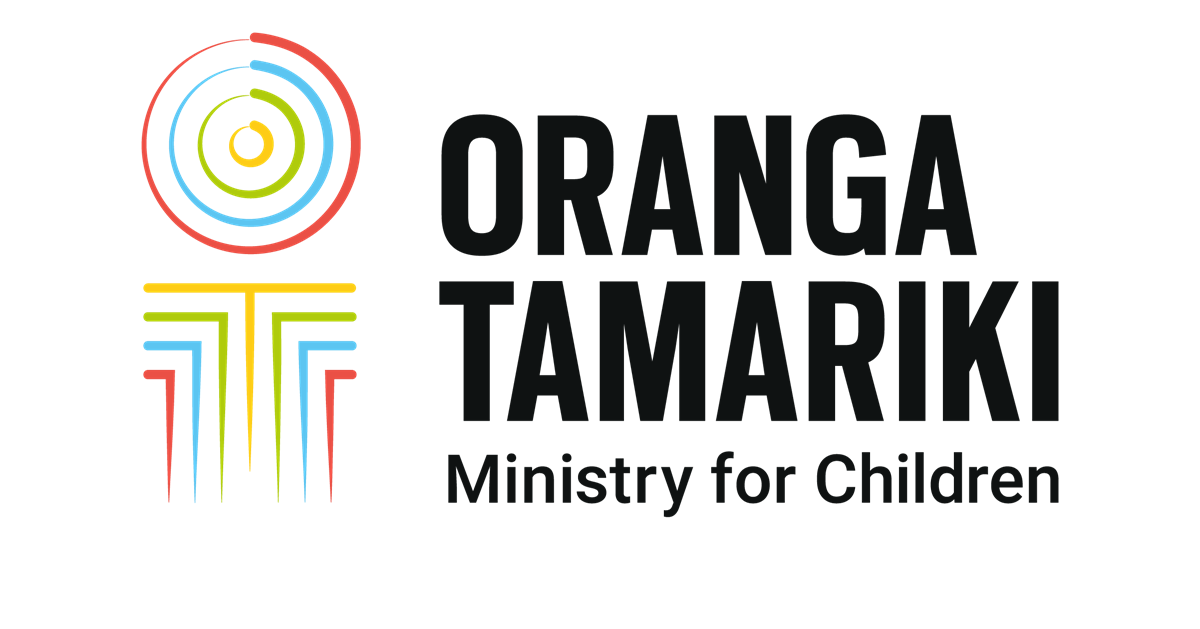Youth justice custody: updated trends and outlook 2024
Published: October 24, 2024
The report examines changes in the size and composition of the youth justice custody population (across residences, community homes, and other placement types) between July 2017 and June 2024. A forecast of custody numbers to June 2025 is also included.
Background
This analysis was undertaken to provide a reliable source of information that can be used for policy and operational work, and to respond to media and other external requests for information on the size and composition of the youth justice custody population.
Key findings
Key findings regarding custody trends:
- Total daily custody numbers averaged 132 through 2017/18 and 2018/19, but increased after the upper age was raised in youth justice (July 2019), reaching 161 in March 2020.
- The global pandemic however caused bed usage to plummet to 94 by 25 June 2020. Numbers remained suppressed over the following 12 months, averaging 102 beds in use, with a peak of only 116.
- As pandemic restrictions eased from mid-2021, daily custody numbers increased and peaked at 184 in late-June 2023.
- This peak was short-lived with numbers decreasing afterwards: averaging 160 between July 2023 and March 2024, and averaging 150 between April and June 2024. Reduced operational capacity in residences through 2023/24 contributed to this.
- A likely consequence of reduced residence capacity was an increase in overnight police custody placements which increased from 154 in 2022/23 to 418 in 2023/24.
- Most young people in youth justice custody are on remand, with the proportion increasing from 74% to 89% over the last seven years.
- Contributing to the increase in remands is a large decrease in the number of young people sentenced to Supervision with Residence.
- Māori remain significantly over-represented in youth justice custody, accounting for 81% of all young people in custody each day.
- Over the period examined, 85% of custody placements were in a youth justice residence, 9% were in community homes, and 1% were in a variety of other placements. For the remaining 4%, the placement was not recorded in the structured data.
- Increased court volumes, a greater proportion of court cases involving remand in Oranga Tamariki or police custody, and longer custodial remands in 2023/24 have all contributed to an increased demand for youth justice custody beds.
- By 30 June 2025, it is estimated there could be need for a maximum of 173 custody beds (95% confidence interval of 137 to 209) across residences and community homes. The confidence interval reflects the level of uncertainty in the prediction due to a volatile environment.

